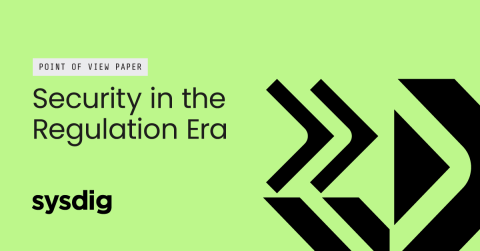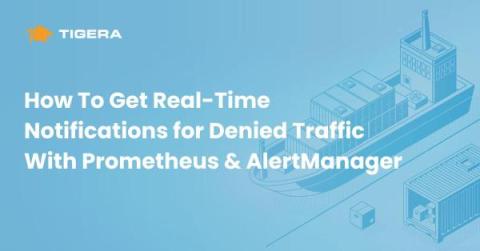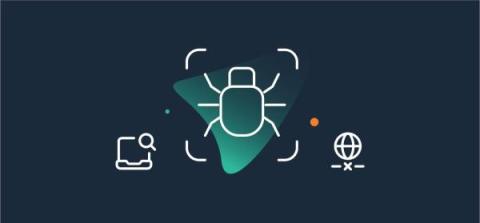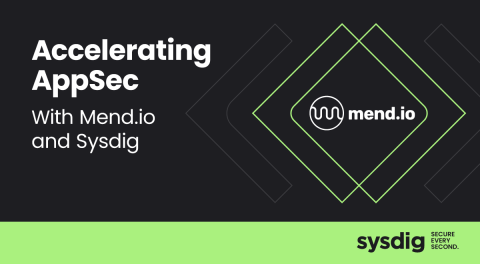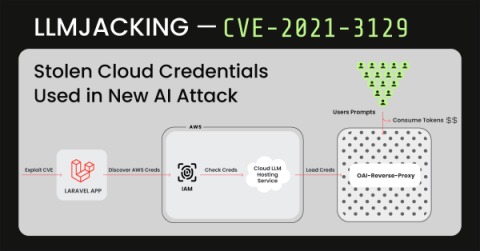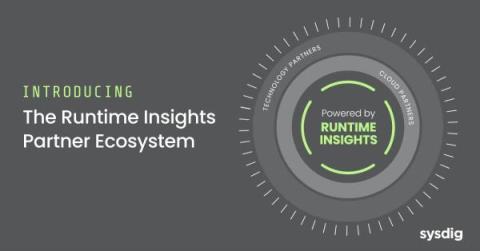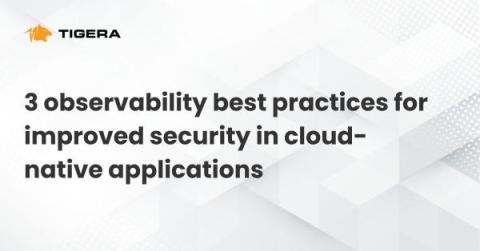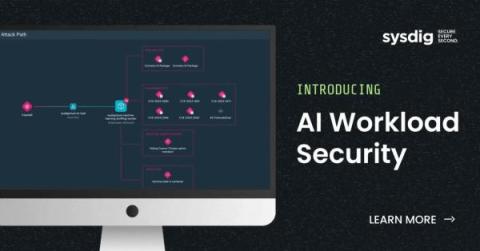Cloud Security and Compliance: A Smarter Approach to Keeping Your Head Above Water
When it comes to cloud security and compliance, it’s easy to feel like you’re drowning in a sea of regulations and requirements. But don’t worry; we’re all in the same boat! That’s why we’re thrilled to share our latest point-of-view (POV) paper, “Practical Cloud Security in the Era of Cybersecurity Regulation,” which is crafted with our deep industry expertise and experience.


